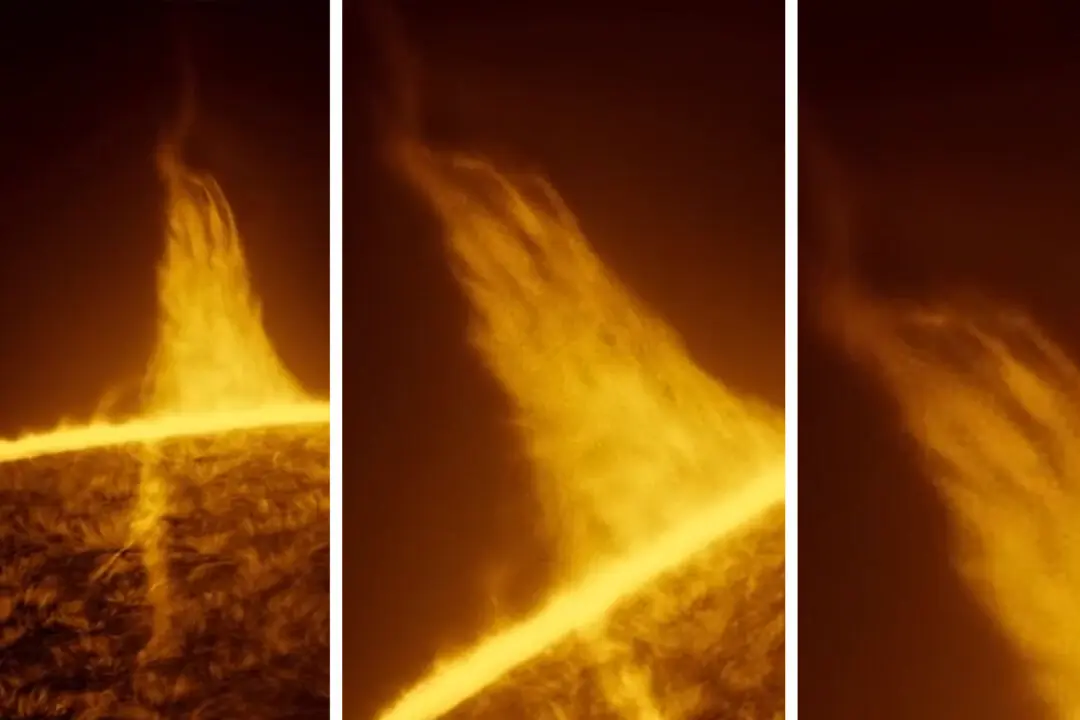In the deep ocean, giant mammals swim in sightless waters and find each other using mysterious songs. While the Navy has known about whale songs since the 1960s (at least), and sailors have long heard their eerie cries through the hulls of ships, it’s remained a mystery how whale songs were actually sung—until recently.
Land mammals such as apes have finely tuned eyesight with vivid color sensitivity. Human beings live in civilizations driven by visual communication. Such is not the case for these great mammals of the deep sea, whose beady eyes take a backseat to the world of sound.






